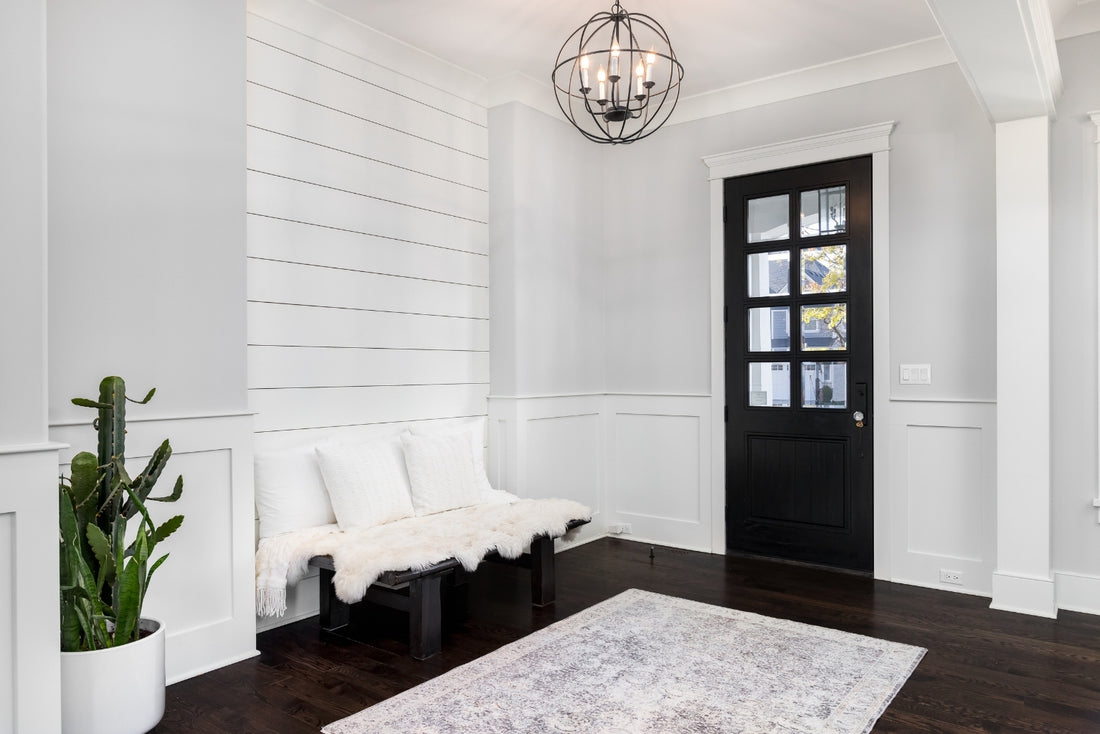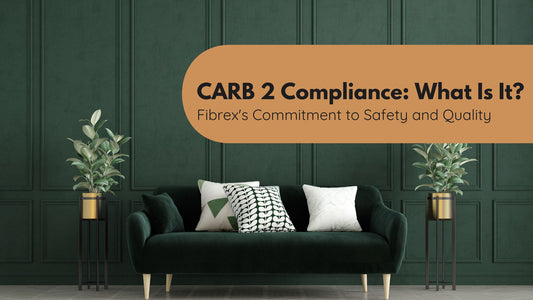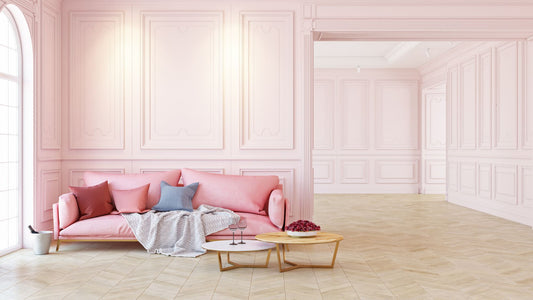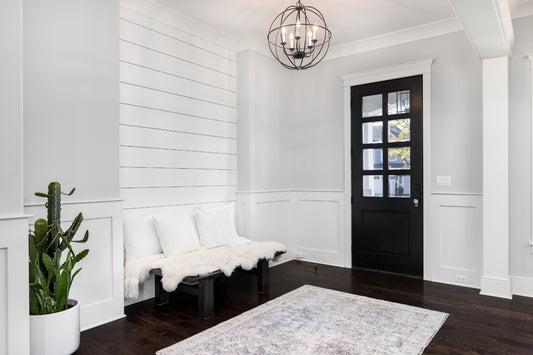
Exploring the Best Materials for Trim: A Deep Dive with Fibrex
Share
When it comes to adding the perfect finishing touch to any interior or exterior space, choosing the right wood trim material is essential. At Fibrex, we pride ourselves on offering a diverse range of trim options that cater to various aesthetic and functional needs. In this article, we’ll explore the three main materials used for trim—Medium Density Fiberboard (MDF), solid wood, and synthetic options like polyurethane and PVC—highlighting their benefits, drawbacks, and ideal applications.
Medium Density Fiberboard (MDF)
Overview: Medium Density Fiberboard, or MDF, is an engineered wood product that has become increasingly popular due to its versatility and affordability. Composed of wood fibers, resin, and wax, MDF is known for its smooth surface and uniform consistency. Although it once had a reputation for being a cheap alternative, advancements in manufacturing have significantly improved its quality and durability.

Pros:
- Smooth Surface: MDF’s fine texture makes it perfect for painting and finishing, ensuring a polished, high-end look.
- Cost-Effective: Typically more affordable than solid wood and other engineered wood products.
- Stability: Less prone to warping, cracking, or swelling, making it reliable in various climates.
- Workability: Easy to cut, shape, and install, ideal for intricate trim and molding work.
Cons:
- Moisture Sensitivity: Can swell or become damaged if exposed to excessive moisture; requires proper sealing for use in high-humidity areas.
- Weight: Denser and heavier than most solid woods, which can complicate handling and installation.
- Environmental Impact: Manufacturing involves formaldehyde-based resins, which may affect indoor air quality if not properly sealed.
MDF in Use: Modern MDF is a testament to innovation in material science. At Fibrex, we have harnessed these advancements to provide MDF trim that rivals traditional wood in both appearance and performance, suitable for high-end cabinetry, furniture, and detailed moldings.
Solid Wood
Overview: Solid wood trim is the classic choice for those seeking natural beauty and enduring quality. Available in a variety of species, each piece of solid wood offers unique grain patterns and hues that add warmth and character to any space.

Pros:
- Natural Beauty: Each piece showcases unique grain patterns and colors, providing a rich, warm aesthetic.
- Durability: Properly maintained, solid wood trim can last for decades.
- Versatility: Can be stained, painted, or left natural, offering various design possibilities.
Cons:
- Cost: Generally more expensive than MDF and other engineered wood products.
- Maintenance: Requires regular upkeep to prevent damage from moisture, pests, and wear.
- Warping and Cracking: Susceptible to changes in humidity and temperature.
Solid Wood in Use: Ideal for traditional and rustic designs, solid wood trim adds an authentic touch of elegance to both residential and commercial projects.
Polyurethane or PVC
Overview: Polyurethane and PVC trims are synthetic materials designed to mimic the appearance of wood while offering enhanced durability and resistance to environmental factors. These materials are perfect for areas where traditional wood trims might fail.

Pros:
- Moisture Resistance: Highly resistant to moisture, ideal for bathrooms, kitchens, and exterior applications.
- Durability: Resistant to warping, cracking, and insect damage.
- Low Maintenance: Unlike wood, these materials do not require regular maintenance or painting, though they can be painted if desired.
- Lightweight: Easier to handle and install compared to solid wood or MDF.
- Flexible: Can be bent around round corners, offering versatility in design.
Cons:
- Cost: More expensive than MDF but generally less costly than high-quality solid wood.
- Appearance: While they mimic wood, some may prefer the authentic look and feel of natural wood.
- Environmental Impact: As synthetic materials, they have a different environmental footprint compared to natural wood products.
Polyurethane or PVC in Use: These materials are ideal for high-moisture areas and exterior applications, ensuring long-lasting performance without the drawbacks of natural wood.
Conclusion
Each material—MDF, solid wood, and polyurethane/PVC—offers unique advantages and challenges. MDF stands out for its smooth finish and cost-effectiveness, making it a viable option for many modern applications. Solid wood remains the gold standard for natural beauty and durability, perfect for traditional and high-end projects. Polyurethane and PVC trims provide superior moisture resistance and durability, ideal for high-humidity and exterior environments. At Fibrex, we leverage the strengths of these materials to offer premium trim solutions that meet the diverse needs of our clients.




